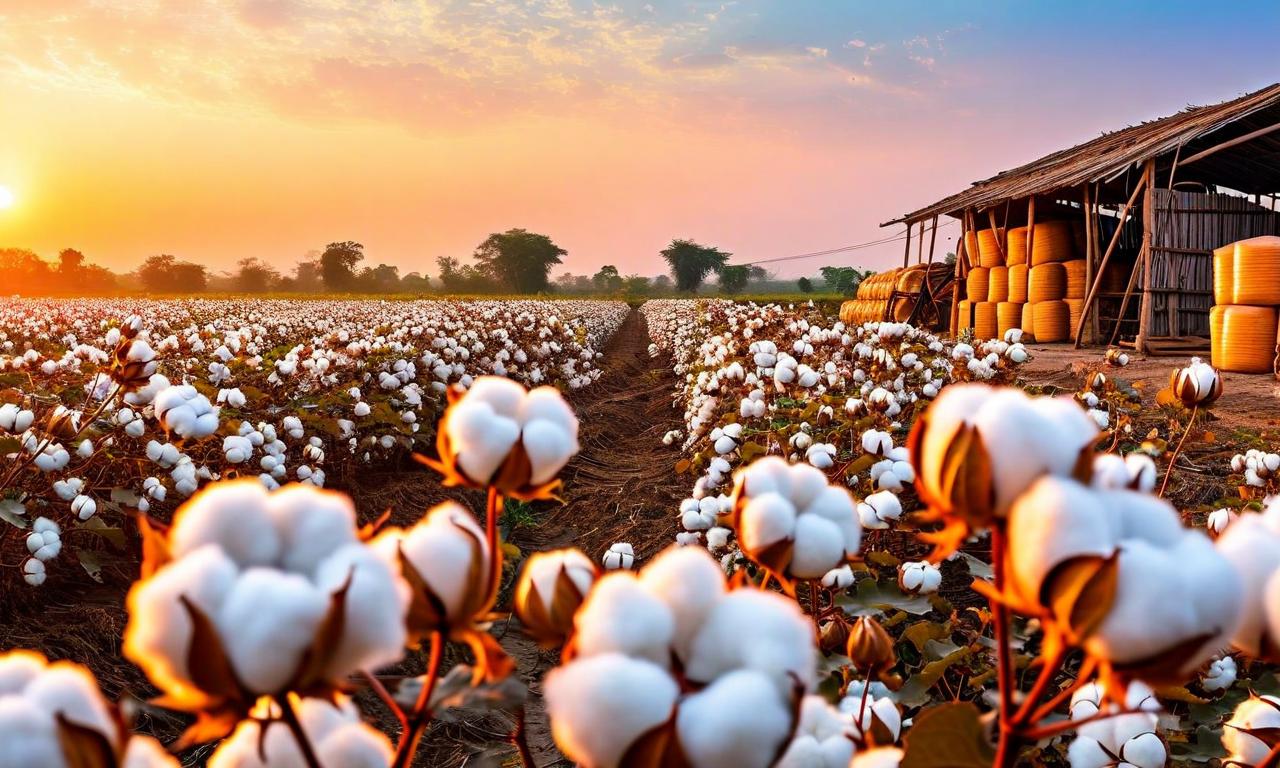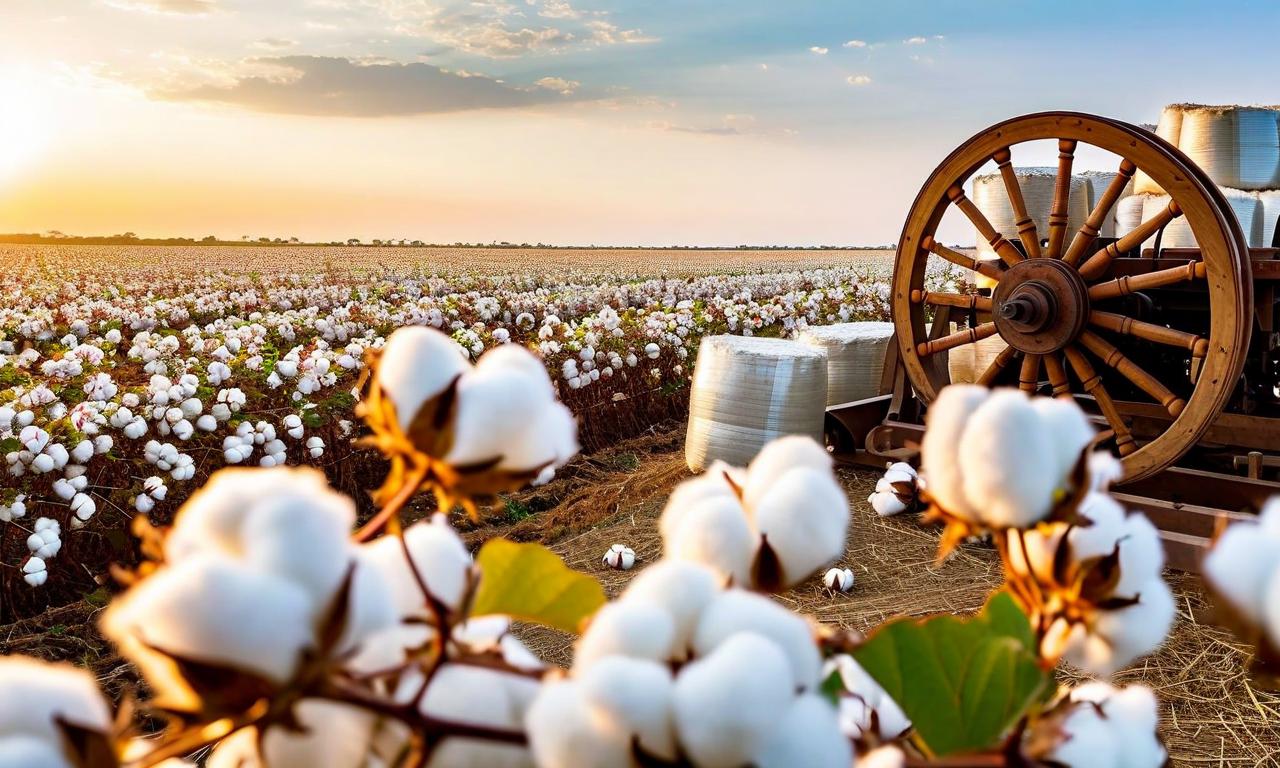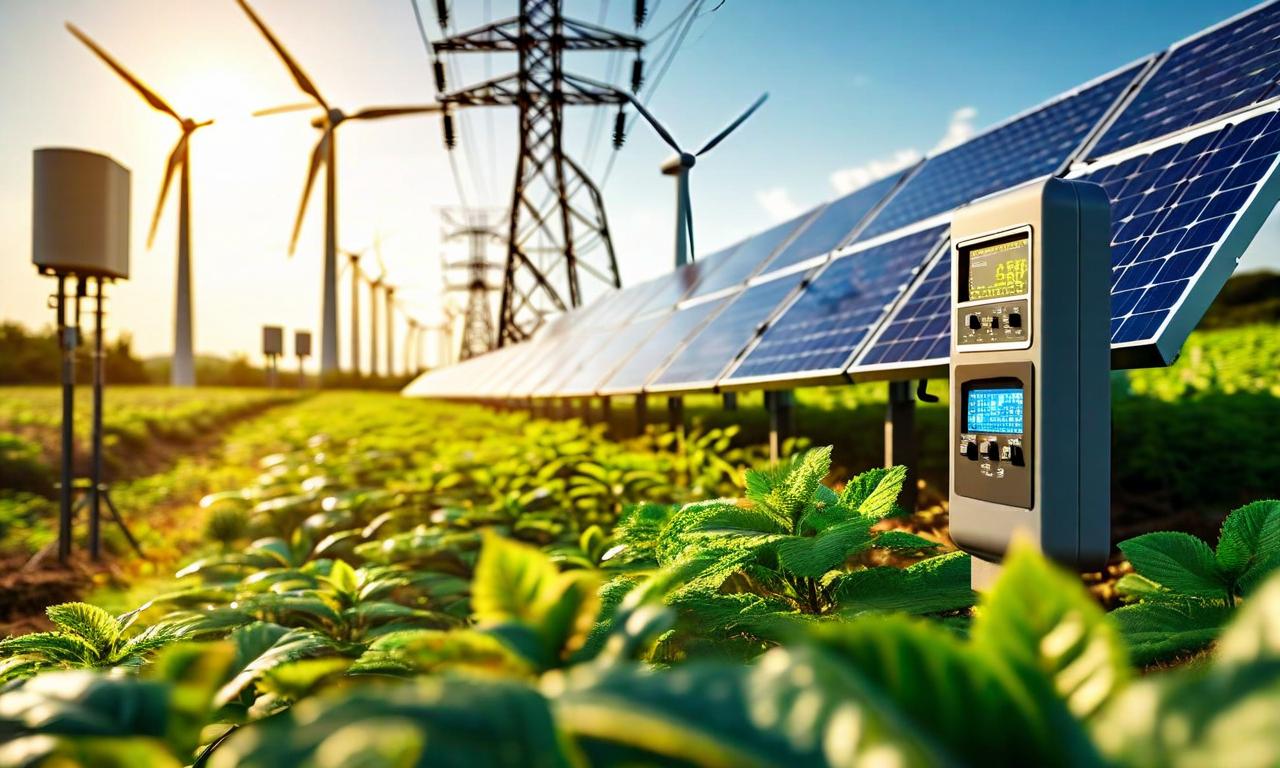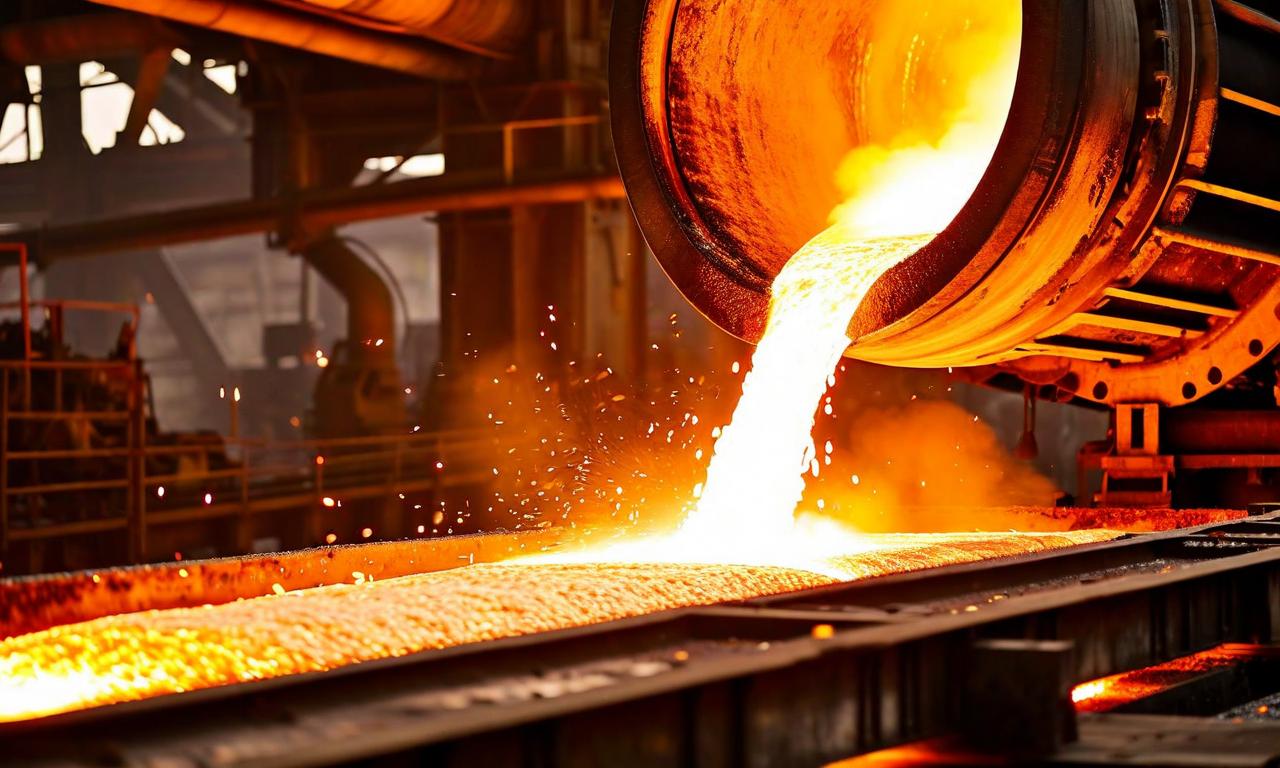Cotton Prices Hit 4-Year Low, Government Intervenes to Support Industry
Cotton prices have fallen to a four-year low in domestic and global markets. The government has responded by opening 550 procurement centers across 11 cotton-growing regions, removing import duty on cotton until year-end, and increasing the Minimum Support Price (MSP) by 8%. A regional procurement schedule has been set, starting from October 1st in the Northern zone. The industry faces challenges including climate change impacts, reduced yields, and decreased textile purchases. Small farmers, who make up 70-75% of cotton farmers, are particularly vulnerable. The government aims to exceed last year's procurement levels to support both farmers and the textile industry.

*this image is generated using AI for illustrative purposes only.
Cotton prices have plummeted to a four-year low in both domestic and global markets, according to Cotton Corporation of India's CMD Lalit Kumar Gupta. This price drop has significant implications for the textile industry and cotton farmers alike.
Government Initiatives
To address the situation, the government has taken several steps:
- Opened 550 procurement centers across 11 cotton-growing regions
- Removed import duty on cotton until the end of the current calendar year
- Increased Minimum Support Price (MSP) by 8% for the current cotton season
Procurement Schedule
The government has outlined a regional procurement schedule:
| Zone | Start Date |
|---|---|
| Northern | October 1st |
| Central | October 15th |
| Southern | October 21st |
Industry Challenges
Despite these efforts, the cotton industry faces several challenges:
- Climate change impacts
- Reduced crop yields
- Waterlogging affecting cotton quality
- Decreased textile purchases
Farmer Concerns
All India Cotton FPO Association President Manish Daga highlighted that MSP remains the only market incentive for farmers. He warned that lack of access to MSP could lead to a reduction in cotton sowing area next year.
Small Farmers' Predicament
A significant portion of cotton farmers, approximately 70-75%, have small holdings. These farmers face difficulties in holding their cotton beyond the calendar year without timely procurement.
Government's Procurement Goal
The government aims to exceed last year's procurement levels, which were described as the second-highest MSP operations to date. This target underscores the importance of supporting both the textile industry and cotton farmers during this challenging period.
In conclusion, the current situation in the cotton market presents a delicate balance between supporting farmers and sustaining the textile industry. The government's interventions aim to address immediate concerns, but long-term solutions may be needed to ensure the stability of the cotton sector in India.

























